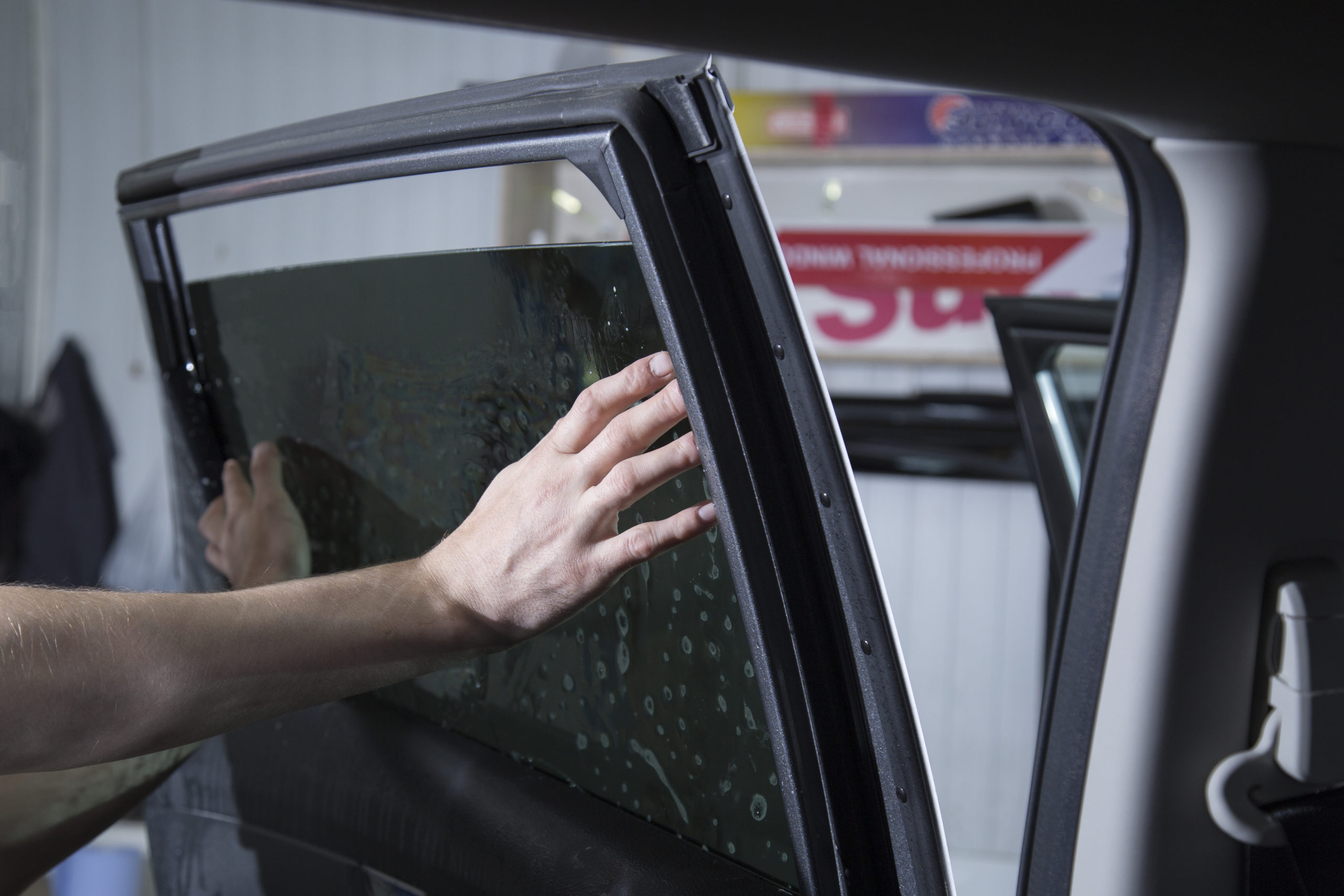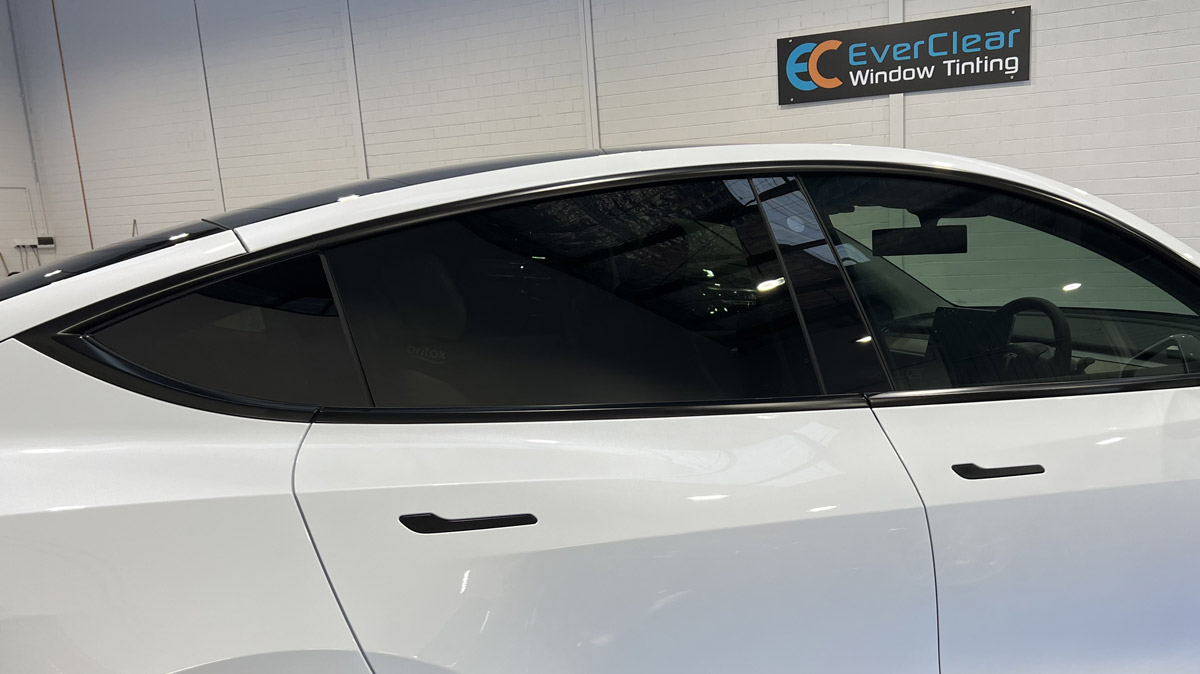How to Maintain Your Window Tinting and Keep It Looking Like New
How to Maintain Your Window Tinting and Keep It Looking Like New
Blog Article
Window Tinting Options: Locate the Right Shade for Your Design and Requirements
Choosing the suitable window tint for your vehicle entails a cautious consideration of numerous elements, including individual aesthetic appeals, functional needs, and legal constraints. With choices ranging from light tintss that offer marginal privacy to darker tones that enhance privacy, the options can be frustrating.
Comprehending Window Tinting Levels
When considering window tinting, it is vital to comprehend the various degrees of tint offered, as they dramatically impact both aesthetics and performance. Window tinting is categorized based upon Visible Light Transmission (VLT) portions, which show the amount of light enabled to go through the glass. The VLT portion can vary from very light (over 70%) to extremely dark (listed below 5%)
The primary degrees of tint include clear, which uses UV protection without changing presence; light tint (over 50% VLT), which slightly minimizes glow while maintaining exposure; medium tint (around 35% VLT), striking a balance in between personal privacy and light transmission; and dark tint (below 20% VLT), giving significant privacy and warm decrease but limiting external presence.
Understanding these degrees is crucial as they can influence driving safety and security, legal compliance, and personal convenience. Furthermore, local policies usually determine permissible tint levels, varying by state or town. As a result, prior to picking a color, it is advisable to research and make certain adherence to these regulations while considering personal preferences for style and functional benefits.
Popular Tint Shades Explained

One of one of the most prominent choices is the timeless dark tint, commonly ranging from 20% to 5% VLT (Noticeable Light Transmission) This shade provides optimum personal privacy and a sleek, advanced appearance. It effectively blocks UV rays and warmth, making it ideal for warm environments, though it might limit exposure at evening.
Conversely, lighter shades such as 35% or 50% VLT supply an extra refined appearance while still providing some level of personal privacy. These tones are perfect for those seeking a balance in between aesthetics and functionality, as they enable much better presence and follow various legal standards.
One more emerging preference is the ceramic tint, which can be available in a selection of tones - window tinting. It supplies superior heat rejection and UV protection without considerably changing the automobile's look

Legal Rules for Window Tinting
Recognizing the legal guidelines bordering window tinting is essential for car proprietors looking to personalize their cars. Each state in the united state has specific regulations governing the darkness or agility of window tintss, typically gauged by Visible Light Transmission (VLT) percentage. VLT refers to the quantity of light that can go through the glass and the movie incorporated.
In numerous states, laws dictate different VLT portions for numerous windowss, including front windshields, side windowss, and back windowss. As an example, some states may allow a tint of 70% VLT for windscreens while allowing darker tintss for rear windowss. Additionally, specific states have limitations on reflective tintss, which can develop glow for various other drivers.
Failure to adhere to these policies can cause penalties, mandated elimination of the tint, and boosted insurance policy costs. Lorry proprietors should speak with regional legislations or state DMV web sites to guarantee they are within lawful limitations before continuing with setup. Recognizing these laws not just assists prevent lawful consequences yet additionally makes sure a risk-free driving experience.
Advantages of Different Tint Materials
Exploring the benefits of different tint materials reveals substantial benefits that can improve both the performance and aesthetic appeal of a vehicle. Each product supplies unique attributes fit to specific demands and choices.
Dyeded window films are prominent for their affordability and ability to lower glow. They efficiently block UV rays, shielding the inside from fading, though they may not provide the highest possible warm being rejected. Metalized films, on the various other hand, offer premium warm reduction and UV defense as a result of their reflective buildings. They can enhance privacy and security however may disrupt digital signals.
Ceramic window films represent a costs option, supplying outstanding heat being rejected while maintaining exposure. They are non-metallic, thus preventing any kind of signal interruption, and are very resilient, standing up to scratches and fading gradually. Additionally, ceramic films do not have dyes, guaranteeing a longer-lasting look.
Lastly, hybrid films incorporate elements from dyeded and metalized alternatives, offering a balanced efficiency in regards to heat being rejected, glow decrease, and cost. Each tint product offers unique functions, permitting vehicle owners to select the very best suitable for their try this out lifestyle and aesthetic preferences, eventually boosting their driving experience.
Choosing the Right Tint for You
Finding the right window tint includes taking into consideration numerous factors, including personal preferences, automobile kind, and neighborhood laws. Examine your individual design and wanted degree of personal privacy, as these will certainly lead your selection of tint shade. Darker tintss supply improved personal privacy yet might not appropriate for all vehicle drivers, specifically those that favor an even more open feeling inside their lorry.
Following, consider your lorry kind, as the shapes and why not find out more size of windowss can influence the efficiency of specific tintss. Larger windowss may profit from reflective tintss that minimize glow while smaller windowss might be more matched to dyeded films that provide subtle visual appeals.
Furthermore, it's essential to examine regional policies regarding window tinting. Numerous states impose limitations on the allowable darkness and reflectivity, particularly for front windowss. Conformity with these legislations is necessary to stay clear of fines and make certain safety and security.
Finally, evaluate the tint product that best matches your needs. Alternatives include dyeded, metalized, ceramic, and crossbreed films, each offering special benefits connecting to heat denial, UV protection, and durability. By thinking about these factors, you can confidently pick a window tint that straightens with your style and practical needs.
Final Thought
In final thought, picking the suitable window tint calls for careful consideration of numerous factors, including VLT portions, neighborhood laws, and the desired aesthetic. Various tint products offer distinct advantages that can boost lorry comfort and protection. By completely recognizing the readily available options and aligning them with sensible demands and private choices, one can achieve an ideal equilibrium in between style and performance in window tinting options.
Selecting the proper window tint for your lorry includes a mindful consideration of various variables, consisting of individual visual appeals, practical requirements, and legal restrictions. Each state in the U.S. has specific laws controling the darkness or agility of window tintss, commonly determined by Visible Light Transmission (VLT) portion. Some states may allow a color of 70% VLT for windscreens while allowing darker tintss for rear windowss.Locating the right window tint involves taking into consideration numerous aspects, including personal choices, lorry kind, and local regulations.In verdict, picking the proper window tint needs Homepage careful consideration of numerous aspects, including VLT percents, regional policies, and the desired visual.
Report this page